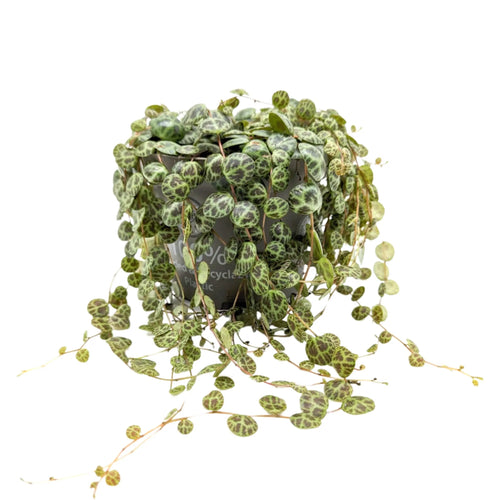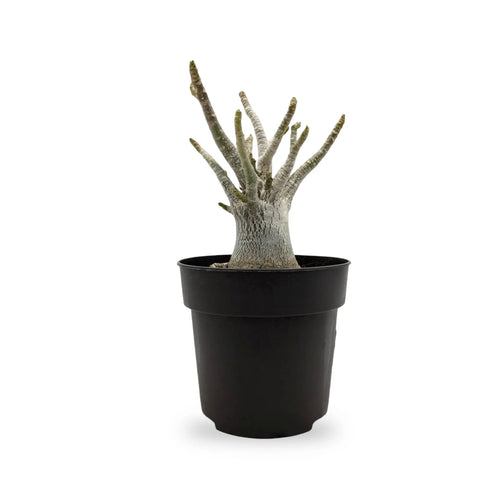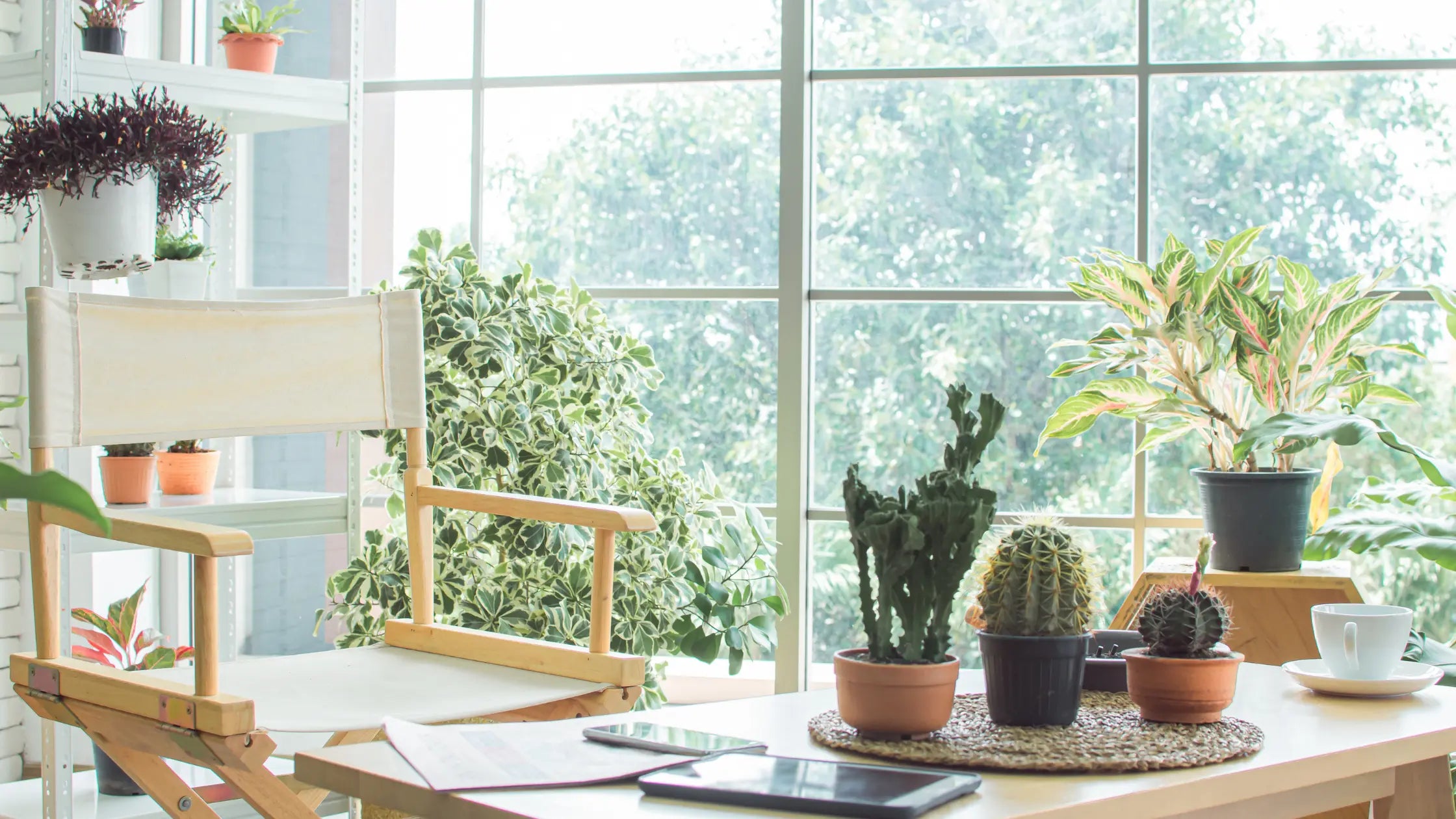Are you also a nature lover who loves greenery more than anything else? Usually, there is a lot of greenery outside the house. Do you also want to bring some greenery into your lovely home? But you’re confused about what to do and how to start? Then you don't need to worry! Hanging house plants will be your ally!
This will help you add a touch of greenery while also elevating the ambience of any place.
We are not sitting here just to make you dream. We'll help you to make your dream a reality. Stay tuned with us till the end. You will be filled with remarkable knowledge.
In this blog, we'll explore everything you need to know before starting indoor growing plants. Additionally, we'll explore ten important tips for indoor gardening.
So, grab your gardening gloves, and let's make your home green together!
Tip 1: Finding the Right Spot for Your Plants
The first step in growing interior plants in the UK is choosing the best spot for your plants to grow. Consider humidity, temperature, and exposure to natural light. Indoor plants should be placed near east—or west-facing windows because most plants in the UK require strong, indirect sunlight.
Don't panic, though, if you're living in dim light. Such circumstances are suitable for the growth of pothos and snake plants, among other low-light-tolerant plants. To encourage even growth and prevent your plants from leaning too far towards the light, remember to rotate them regularly.
Tip 2: Understanding Watering Needs
Overwatering plants is one of the most common mistakes that new gardeners make. Remember that too much water might cause root rot and other moisture-related difficulties. Instead, water your plants when the top inch of soil is dry. Use a watering can with a small nozzle to distribute water to the soil while avoiding splashing on the foliage. To prevent wet roots, ensure that hanging house plants have appropriate drainage. Watering your plants underwater is preferable to overwatering them since most indoor plants can withstand a mild drought better than excessive wetness.
Tip 3: Choosing the Right Soil Mix
Do you know what is the key to the good development of plants? It is the soil. You should always choose a well-draining potting mix soil that is particularly intended for growing indoor plants in UK. You should avoid the usage of garden soil because it compacts and retains too much moisture. It would be best if you used perlite or vermiculite to promote drainage and aeration.
Remember that various plants have varied soil requirements, so research before potting. Replacing soil nutrients regularly by repotting or top-dressing with compost or organic fertilisers is also necessary.
Tip 4: Repotting with Care
Your plants could overflow their containers as they become more extensive. Knowing when and how to report them is essential to their continued growth and well-being. Look for signs of root development in the soil that dries quickly after irrigation or in the drainage holes. Use a pot one size more significant than the current one for repotting, and make sure the roots are loose before transferring them to the new pot. To lessen transplant shock, give your recently repotted plant enough water and plenty of shade for a few days.
Tip 5: Fertilising wisely
This pointer simply indicates that you need to utilise fertilisers wisely. Avoid over-usage. It would be best to use water-soluble fertilisers that are balanced and made explicit only for hanging house plants. During the growing season, Fertilise your plants every two to four weeks. In the winter months, Fertilise them less regularly.
You must ensure the fertilizer is diluted periodically to avoid burning the roots. It's highly recommended that the new plants not be fertilised in their initial weeks. To help newly repotted plants adjust to their new environment. Wait for a few weeks before fertilising repotted plants to lower the risk of fertiliser burn.
Tip 6: Pruning and Grooming
Regular pruning and grooming encourage healthy growth and keep your plants looking lovely. To promote bushier, more compact plants, remove dead or yellowing leaves, pull back skinny stems, and trim any excessive growth. To preserve the shape and size of each plant, pay attention to its natural growth tendencies and make the necessary trimmings. Use sharp, clean pruners to reduce tearing or damage to plant tissue. Disinfect them after every use to stop the spread of illness.
Tip 7: Preventing Pest Infestations
Pests can still affect hanging house plants even with our best efforts. Aphids, mealybugs, and spider mites are frequent pests to be aware of, especially during hot, dry weather. Watch for insect activity on your plants, such as twisted growth or sticky residue. If you find any pests, isolate the affected plant. Treat it immediately with insecticidal soap or organic pesticides. To manage pest populations without chemical pesticides, consider introducing natural predators. Ladybirds or predatory mites are effective options.
Tip 8: Rotating Your Plants
Consider rotating your plants regularly to maintain balanced growth and evenly distributed light. This simple procedure keeps them from leaning towards the light source and encourages balanced growth. Rotate your plants about a quarter turn weekly, especially near windows or grow lights. When rotating, take care not to disrupt the roots or leaves too much, and keep an eye out for any fragile blossoms or buds to prevent injuring them. Rotate hanging house plants regularly to ensure that all sides receive appropriate sunshine and that growth is even.
Tip 9: Observing and Adjusting
Indoor gardening involves both observation and activity. Take the time to frequently inspect your plants, noting any growth, colour, or health changes. Adjust your care regimen appropriately, whether changing the watering frequency, moving to a brighter location, or repotting into a larger container. By paying attention to your plants' demands, you'll develop a stronger connection and awareness of their specific requirements. Keep a gardening notebook to document your observations. Record your interventions in the notebook. This can help you improve your indoor gardening abilities over time. You can become a better plant parent by becoming more confident and effective.
Tip 10: Patience and Persistence
Finally, remember that indoor gardening is a journey, not a destination. Be patient with yourself and your plants, especially if difficulties arise. Learn from your failures, enjoy your victories, and don't hesitate to try new plant species and care procedures. With patience, devotion, and a little green thumb magic, you can establish a healthy sanctuary of indoor plants in the UK to enjoy for years.
Unlocking the Green Oasis: Embrace the Beauty of Indoor Gardening
You've discovered the secrets of practical indoor gardening and are fully prepared to care for healthy and bright indoor plants. By following the ten fundamental principles provided in this guide, you will develop the confidence and expertise required to convert your area into a lush paradise teeming with hanging house plants and luscious foliage.
So, if you're looking for the best indoor plants in the UK from a reputable brand, you must consult Leaf Culture.










